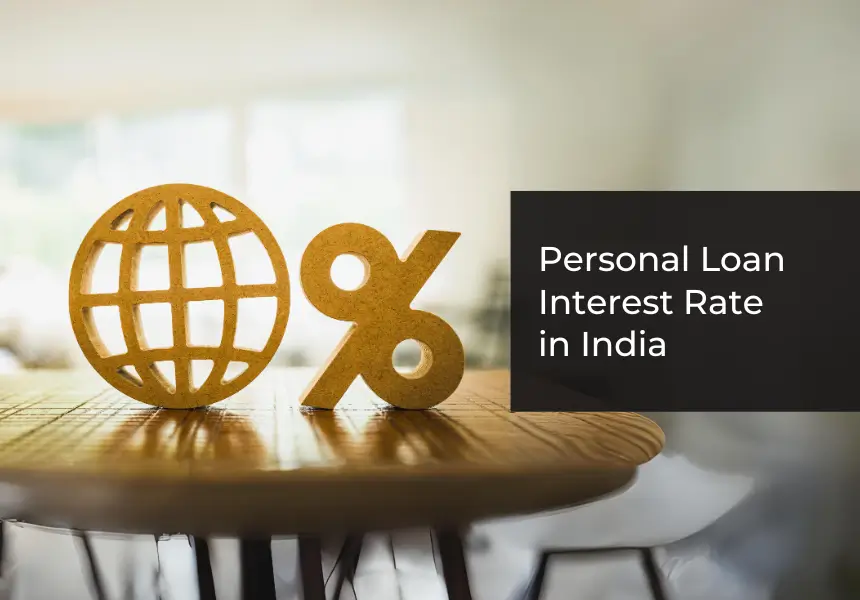
In today’s fast-paced digital lending environment, applying for an instant personal loan has never been easier. You can check eligibility, upload documents, and receive funds all without visiting a branch. But while the process is convenient, many applicants still face rejections that could have been avoided with a bit of planning.
Instead of seeing a rejection as the end of the road, think of it as a signal to reassess and strengthen your financial profile. Here’s a breakdown of the five most common reasons for instant loan rejection and how you can steer clear of them.
1. Your Credit Score Doesn’t Make the Cut
Your credit score isn’t just a number—it’s a reflection of your financial habits. Missed payments, outstanding debts, or maxed-out credit cards can significantly reduce your chances of loan approval. A low credit score often indicates a higher risk for lenders, leading them to reject your loan application.
What you can do: – Check your credit report for errors or outdated entries using platforms like CIBIL or Experian. – Keep your credit utilization low (preferably under 30% of the total limit). – Pay your EMIs and credit card dues on time for several months consistently. – Avoid taking too many loans or credit cards in a short period, as each inquiry can temporarily affect your score.
If you’re unsure where to begin, start with a basic review of your credit health through trusted credit bureaus. Building a strong credit history takes time, but it’s one of the most effective ways to boost your loan approval chances.
2. Your Documents Don’t Tell a Clear Story
Even in a digital-first ecosystem, documentation still matters. Discrepancies in your PAN, Aadhaar, or bank statements can confuse lenders and raise red flags, causing your application to be rejected automatically during verification.
What you can do: – Ensure your documents are current and consistent across all IDs. – Upload high-quality, legible scans in approved formats like PDF or JPG. – Double-check your personal information—like name, date of birth, and address—matches exactly across your documents.
Accurate documentation builds trust. Before you upload anything, ask yourself: would the paperwork convince you if you were the lender? It’s a small step that can save a lot of time and disappointment later.
3. Your Income Stream Isn’t Stable
Lenders want assurance that you can repay the loan. If your income appears irregular or you’re frequently switching jobs, it could signal risk. For salaried individuals, this often means having job continuity and regular monthly salary credits. For self-employed or freelancers, income documentation and consistency are key.
How to prepare better: – Maintain steady salary credits or business income for at least 3–6 months before applying. – Provide income proofs like recent salary slips, bank statements, or income tax returns. – Freelancers and gig workers should choose platforms that support alternative income verification.
If you’re salaried and looking for a structured loan experience, you might explore LoanTap’s Personal Loans for Salaried Individuals—they account for predictable incomes and repayment ease.
4. You’re Already Managing Too Much Debt
Lenders calculate your Debt-to-Income (DTI) ratio to assess whether you can handle another EMI. A high DTI ratio indicates that a large portion of your income is already committed to existing loan repayments, which makes lenders hesitant to add more to your burden.
What to do: – Repay small-ticket loans or credit card dues before applying for a new loan. – Avoid applying for multiple loans at the same time. – Consider a debt consolidation loan to streamline multiple EMIs into a single monthly repayment.
Think of your DTI as your financial breathing room. A lower DTI ratio not only improves approval chances but also makes repayment more manageable in the long run.
5. Your Location Doesn’t Match Lender Preferences
Surprisingly, your geographic location can influence loan eligibility. Some lenders avoid certain localities or regions based on past default data or operational limitations. If you live in a pin code where lenders have experienced high default rates, your application might face additional scrutiny or rejection.
What you can do: – Choose lenders that offer pan-India loan coverage. – Opt for platforms with a digital onboarding process that reduces regional bias. – Check lender websites or contact support to confirm serviceability in your area.
For instance, LoanTap offers completely digital loans with flexible eligibility across multiple cities—ensuring wider access and faster approvals.
Conclusion
A rejected loan application doesn’t close doors—it opens up room for improvement. Often, it just takes a few adjustments to align better with what lenders look for.
Before applying again: – Check and improve your credit score. – Reduce your existing EMI load. – Review your documents for accuracy and consistency. – Choose lenders who cater to your employment and regional profile.
Whether you’re applying for a personal loan or looking into no-cost EMI financing, your approval odds increase when your financial profile tells a consistent, trustworthy story.
FAQs
Q1. Can I still get a personal loan if I have a low credit score?
Yes, but it’s more challenging. Some lenders consider alternate credit models or require a guarantor or collateral.
Q2. How fast can I receive funds after applying?
Most digital lenders, including LoanTap, disburse funds within 24–36 hours post-verification.
Q3. What’s the most common mistake in loan applications?
Inconsistent documents and missing income proofs are the most frequent errors.
Q4. How do I know my Debt-to-Income ratio is healthy?
Ideally, your total EMIs should not exceed 40% of your monthly income.
Q5. Can freelancers apply for instant personal loans?
Yes. Some lenders—including LoanTap—accept alternate income documentation for self-employed professionals.








